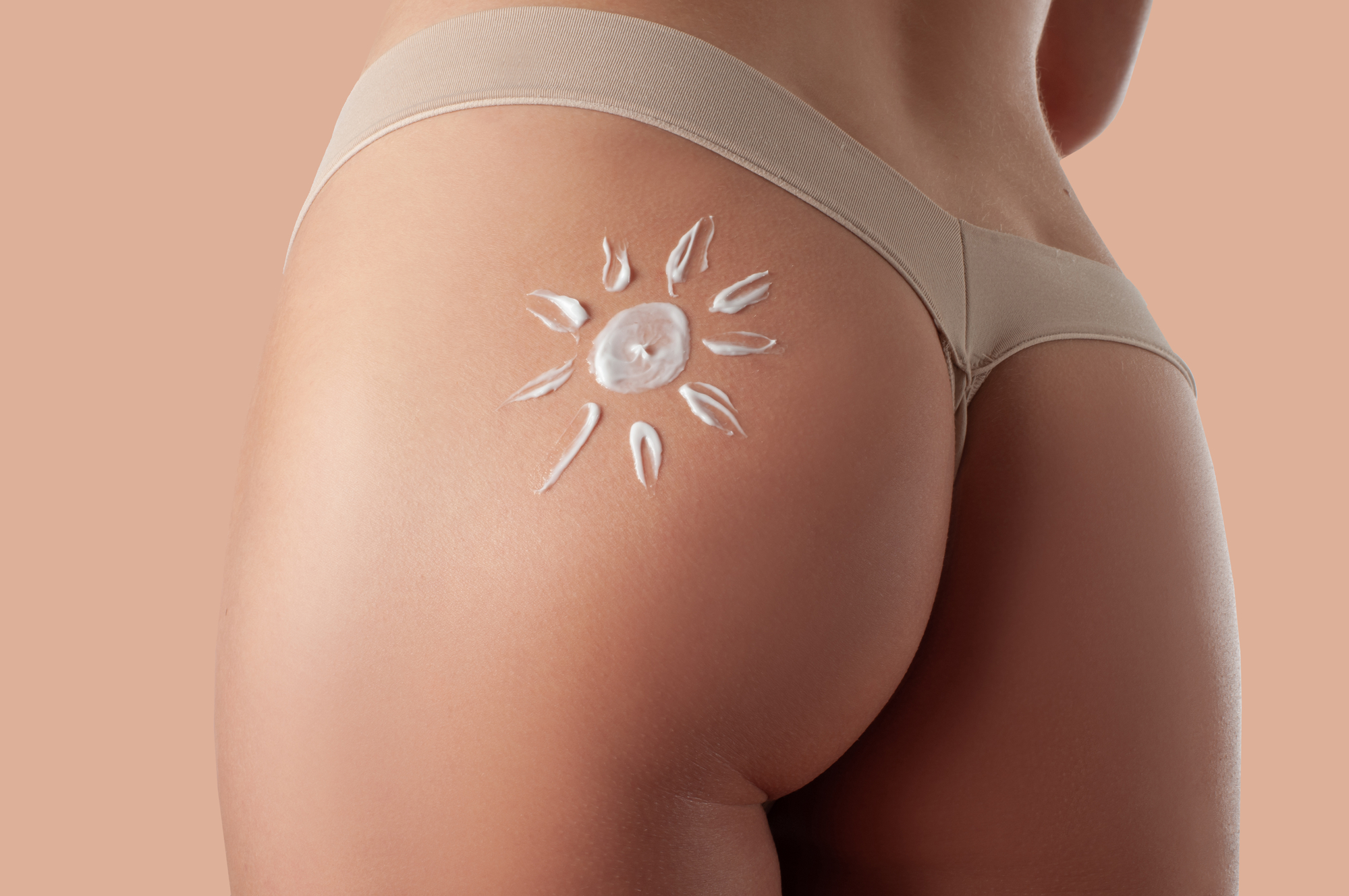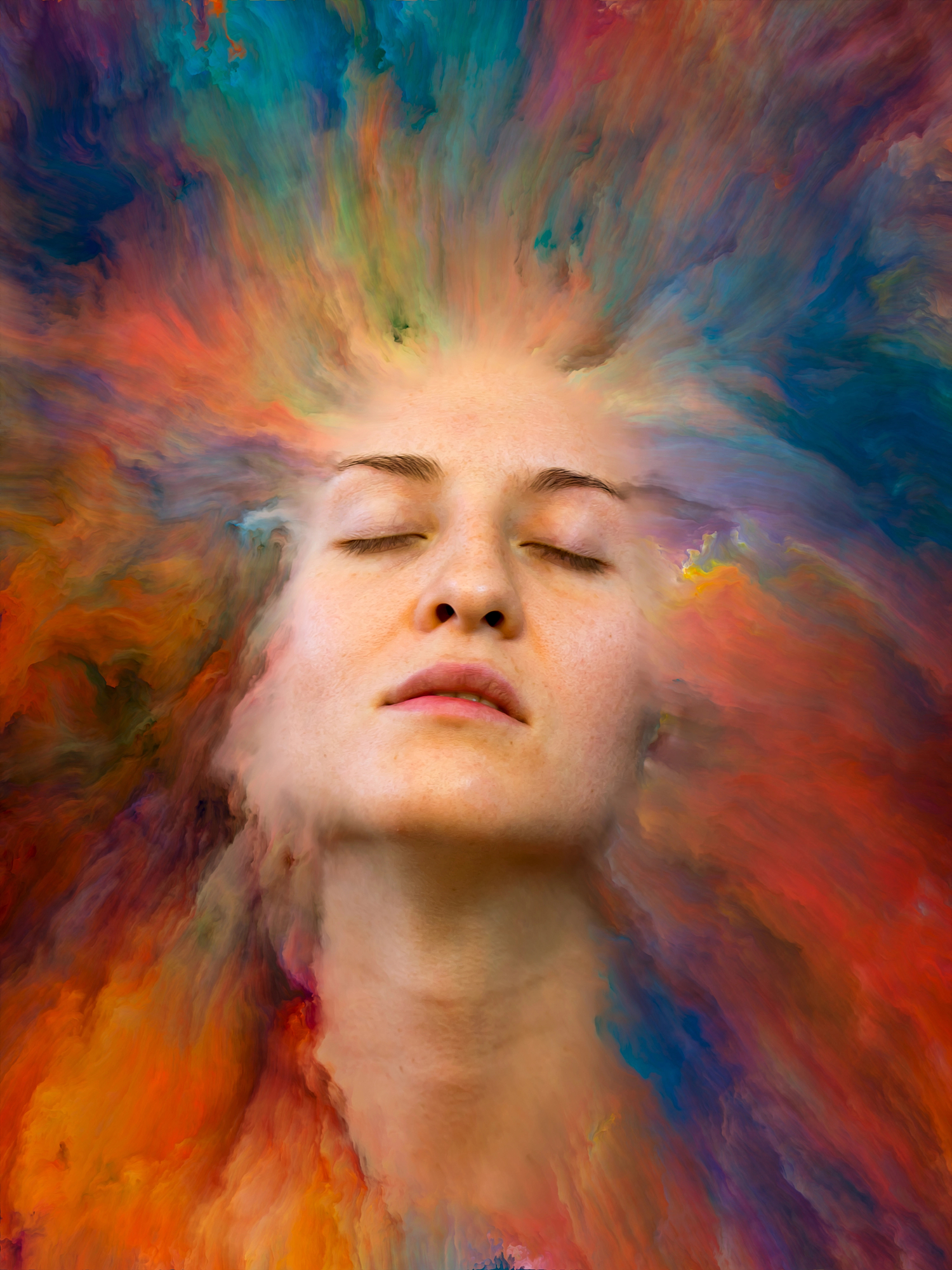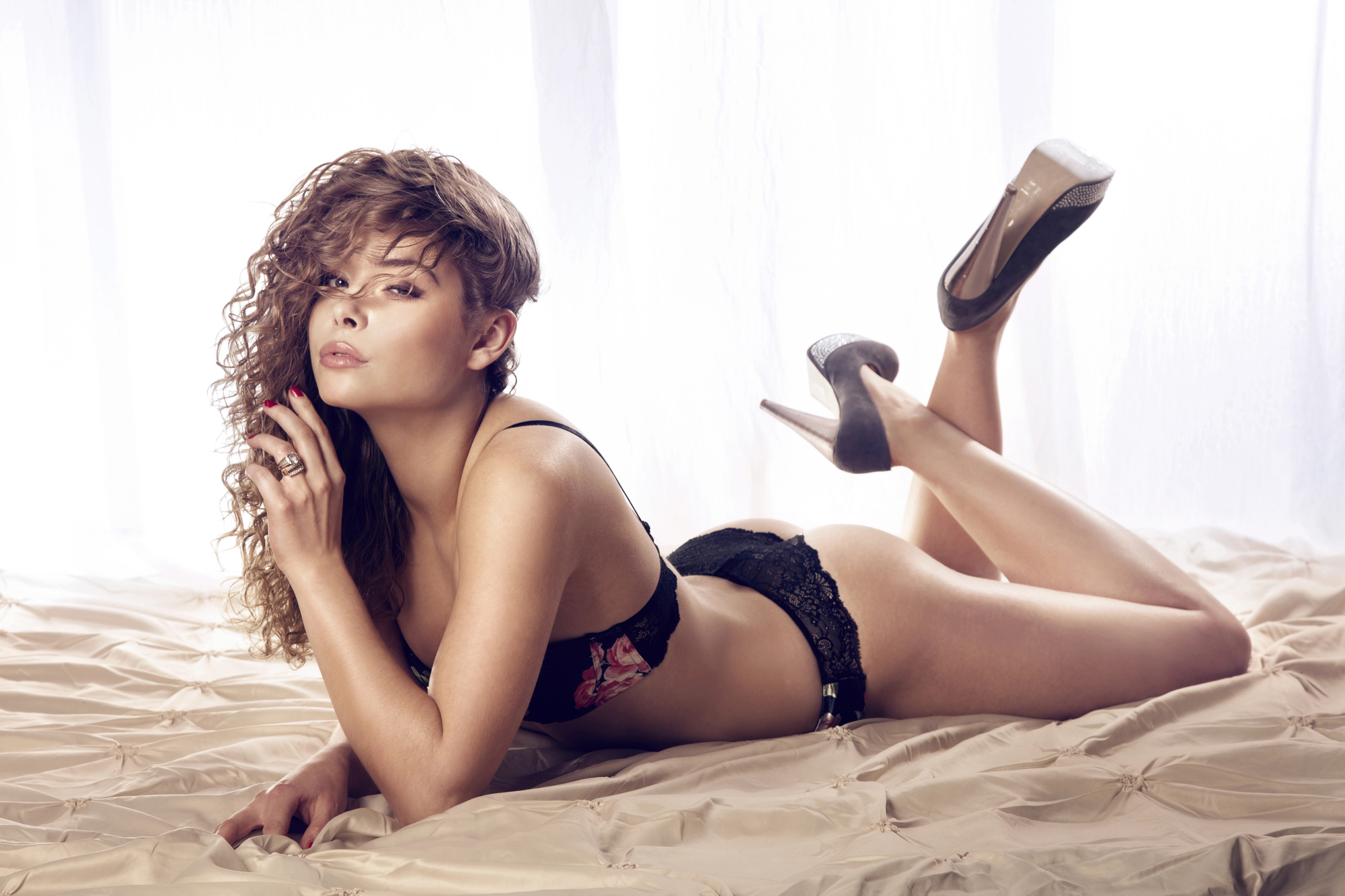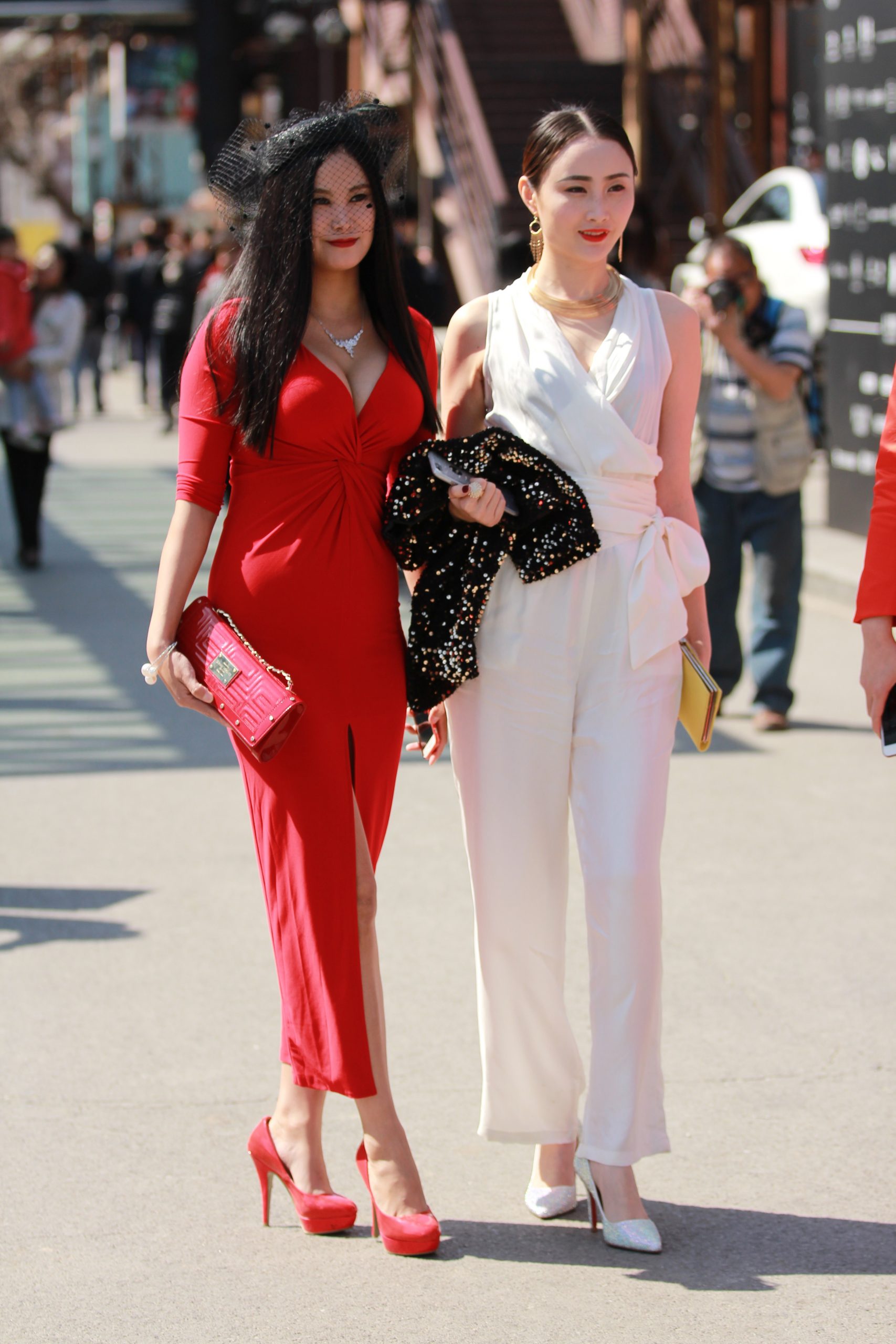The Philosophy Behind the KonMari Method™
Start with a Commitment
The first step to adopting the KonMari Method™ is to commit yourself fully to tidying up. It’s not just a quick fix; it’s a lifestyle change. Marie suggests envisioning your ideal lifestyle and what you want your space to look like. This vision will guide you through the process and keep you motivated.
Tidying by Category, Not Location
One of the unique aspects of the KonMari Method™ is the approach to tidying by category instead of by location. Instead of cleaning room by room, gather all items of a single category—clothes, books, papers, komono (miscellaneous items), and sentimental items—and tackle them in this order. This method prevents the common pitfall of shuffling items from one room to another without truly decluttering.
The Art of Letting Go
Letting go of items can be emotional, but Marie Kondo emphasizes gratitude as a key part of this process. Thank each item for serving its purpose before letting it go. This practice not only makes parting with possessions easier but also fosters a sense of appreciation and mindfulness about what we choose to keep in our lives.
Practical Steps to Organize Your Home
- Clothes: Start with clothes. Gather every piece of clothing you own and lay them out. Hold each item, and ask yourself if it sparks joy. If it does, keep it. If not, thank it for its service and let it go.
- Books: Next, move on to books. Keep only those books that you truly love or see yourself reading or referring to in the future.
- Papers: Sort through all your papers, keeping only those that are currently necessary or important. Marie suggests discarding all papers that do not fall into one of three categories: currently in use, needed for a limited period, or must be kept indefinitely.
- Komono: This category encompasses all miscellaneous items in your home, from kitchen gadgets to hobby supplies. Go through these items methodically, keeping only those that spark joy.
- Sentimental Items: Tackle these last, as they’re the hardest to decide on. By the time you reach this category, your decision-making skills will be finely honed, making it easier to decide what truly matters to you.
The Psychological Benefits of a Tidy Space
A clutter-free environment can lead to a more serene and peaceful state of mind. Studies have shown that decluttering can reduce stress and anxiety, improve sleep, and even boost productivity and creativity. The process of assessing what items spark joy can also help individuals understand their personal values and make more mindful choices in life.
Conclusion
Marie Kondo’s KonMari Method™ offers more than just a tidy home; it offers a new way of living that prioritizes joy and mindfulness. By following her steps, you can transform your space into one that reflects and supports your ideal lifestyle.
The journey to a clutter-free home is also a journey towards self-discovery and fulfillment. As Marie Kondo herself says, „The question of what you want to own is actually the question of how you want to live your life.“ Let the KonMari Method™ guide you to a more joyful, organized life.
Opinion
Embracing the KonMari Method™ is not just about organizing your physical space; it’s a transformative practice that can lead to significant personal growth and improved mental well-being. Marie Kondo’s philosophy encourages us to reevaluate our relationship with material possessions, fostering an environment of gratitude and intentionality. This method, while simple in its approach, challenges us to confront our habits and choices, leading to a more thoughtful and purposeful lifestyle. It’s a testament to the power of tidiness to not only clear our homes but also clear our minds, making room for more joy, creativity, and peace in our lives.










